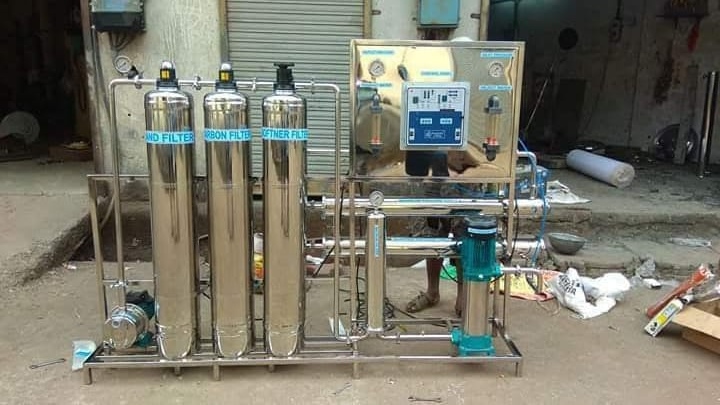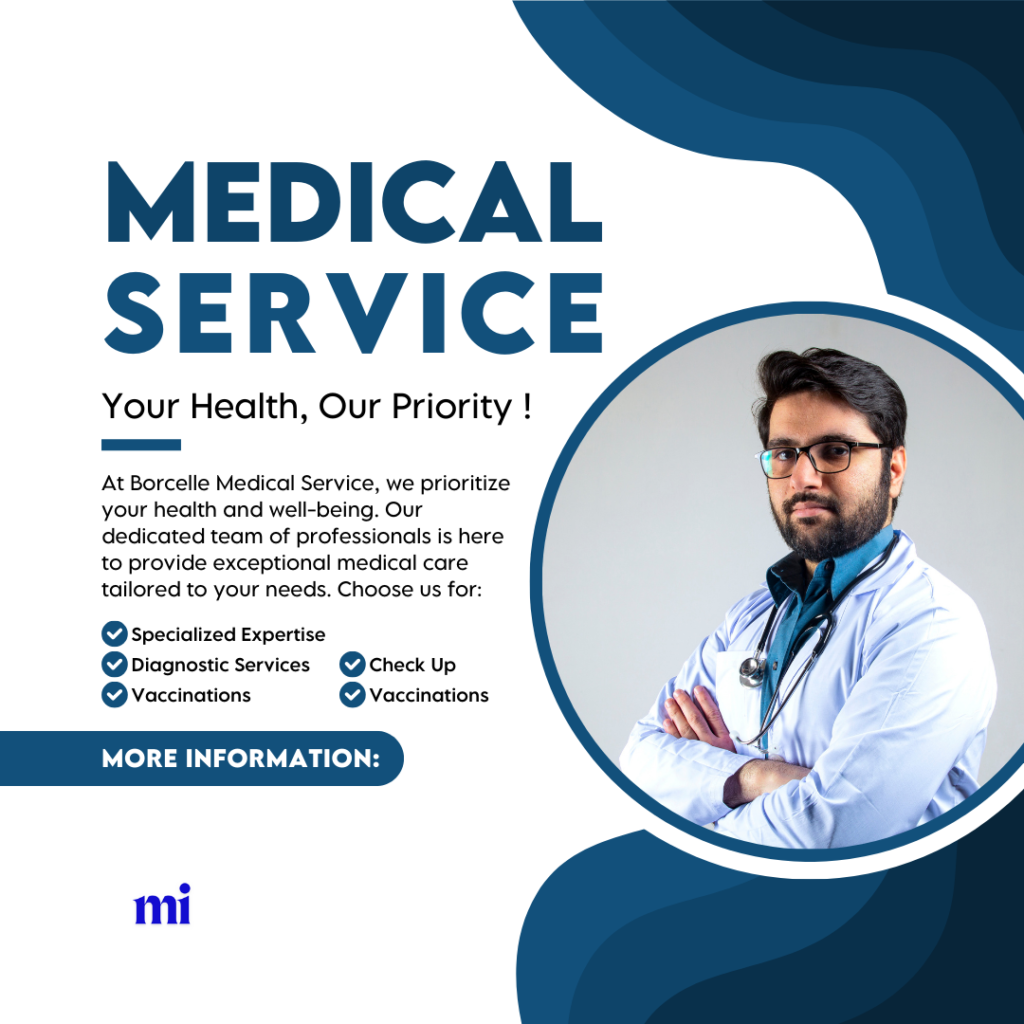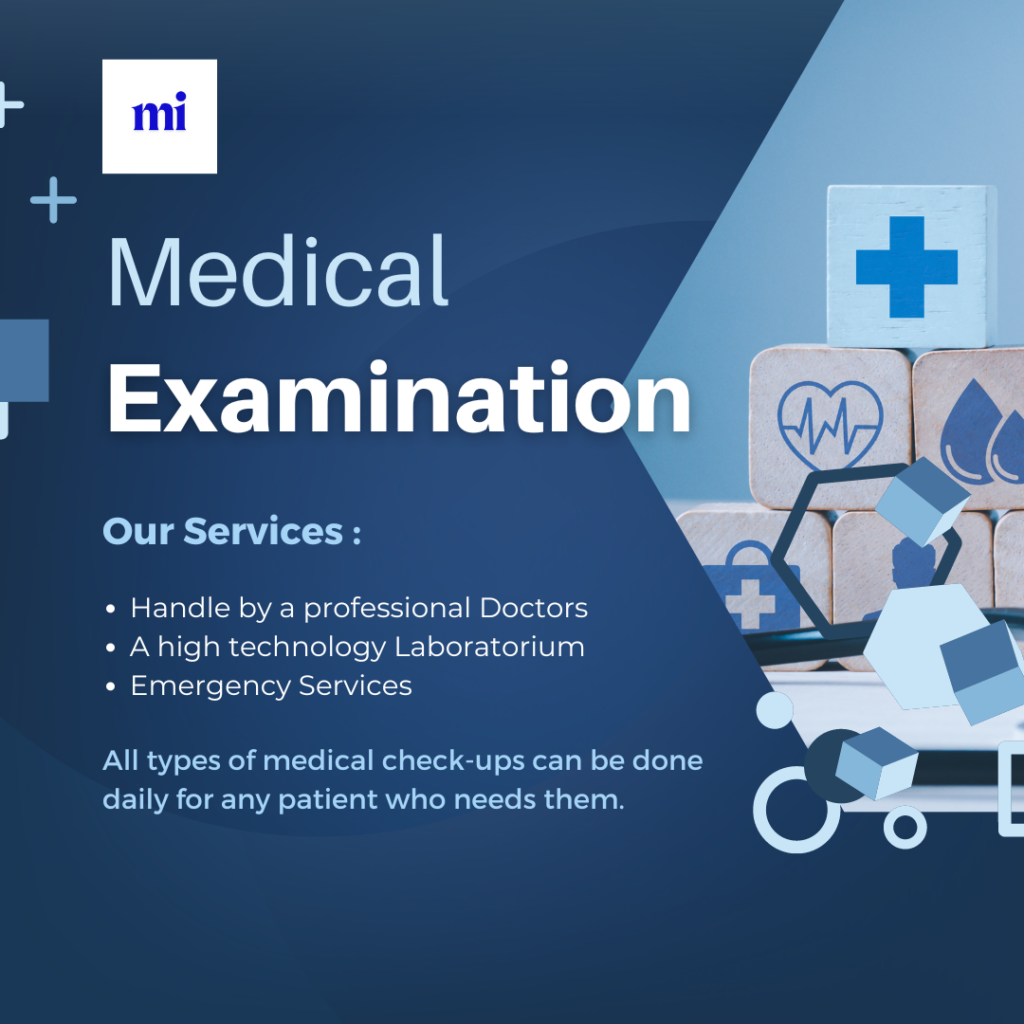The integration of reverse osmosis (RO) systems into medical colleges and healthcare institutions is a vital topic, primarily revolving around the need for high-purity water. RO systems play a critical role in ensuring that water used in medical procedures, laboratory experiments, and day-to-day operations meets stringent quality standards. This essay explores the necessity and implications of RO systems in medical colleges, considering both practical and regulatory aspects.

What is Reverse Osmosis?
Reverse osmosis is a water purification process that removes contaminants from water by using a semipermeable membrane. The technology works by applying pressure to force water through the membrane, leaving behind impurities such as salts, microorganisms, and other pollutants. The result is high-quality, purified water suitable for various applications.

Medical Colleges Need RO Systems:
1. Laboratory Requirements
Medical colleges often feature state-of-the-art laboratories for research and training. In these environments, the quality of water is crucial for:
Reagent Preparation: Many laboratory reagents and solutions require ultra-pure water to avoid contamination and ensure accurate results. Impurities in water can alter experimental outcomes, leading to erroneous data.
Instrumentation: Analytical instruments, such as spectrophotometers and chromatographs, depend on high-quality water. Impurities can damage these instruments and affect their performance.
Cell Culture: For biomedical research and training, cell cultures need water that is free of contaminants. Contaminated water can lead to cell death or skewed experimental results.
2. Medical Procedures:
Water used in medical procedures must be free of contaminants to ensure patient safety. This includes:
Surgical Procedures: Sterilization processes and surgical instruments require water that is free from bacteria, salts, and other impurities. Contaminated water can compromise sterilization and pose risks during surgeries.
Dialysis: In medical colleges that offer clinical training in nephrology, the quality of water used in dialysis is critical. RO systems ensure that water used in dialysis machines is purified to prevent patient complications.
3. Facility Maintenance:
Cooling Systems: Many medical facilities use water in cooling systems. Contaminants in water can lead to scaling and corrosion, which can damage equipment and increase maintenance costs.
HVAC Systems: In large facilities, water is often used in HVAC systems for humidification and cooling. Impurities in water can affect system efficiency and lead to higher operational costs.

Regulatory and Quality Standards:
Medical colleges must adhere to various regulations and standards concerning water quality. Regulatory bodies and guidelines dictate the purity requirements for water used in medical and laboratory settings:
1. United States Pharmacopeia (USP):
USP Purified Water (PW): This standard applies to water used in the preparation of pharmaceuticals and is often used as a benchmark for laboratory and clinical water purity.
USP Water for Injection (WFI): This is a higher standard used for water that will be used in the preparation of injectable drugs. It must be free of endotoxin and other contaminants.
2. Clinical Laboratory Standards Institute (CLSI):
CLSI Guidelines: These guidelines often specify the need for high-purity water in laboratory testing to ensure accuracy and reliability.
3. Food and Drug Administration (FDA):
FDA Regulations: The FDA provides guidelines for water used in medical devices and pharmaceuticals, emphasizing the need for stringent purification processes.

